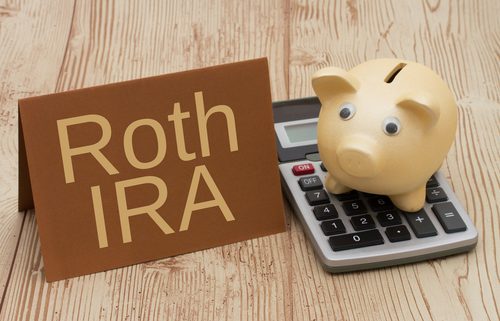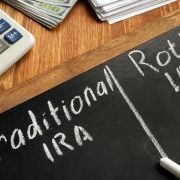The Quirky Rules of the Self-Directed Roth IRA: Everything You Need to Know
A Self-Directed Roth IRA does not work the way a Traditional IRA works, and there’s a good reason for that: a Roth IRA is for people who want to sacrifice the money they have now to enjoy tax-free growth that builds up for the long-term. The quirk of the Self-Directed Roth IRA is that when you reach retirement age, there’s no tax for withdrawing this money. You already paid the taxes on this money when you earned the income on it earlier on in life.
One of the quirks of this arrangement is that it benefits a specific type of person. Someone who starts out life with a very low tax bracket can begin contributing to a Self-Directed Roth IRA, paying the taxes on the income they earned. Over time, that money builds through proper investment. After enough time has passed and you reach retirement age, you can then avoid paying taxes on that money because you have already done it—even if you have moved to a higher tax bracket.
It’s not just the Roth IRA’s unique quality that makes it a potentially quirky investment. If you choose to self-direct your Roth IRA, you will want to know how these rules interact with the nature of using non-traditional investments like real estate.
A Self-Directed Roth IRA: The Essentials
To help you better understand the individual quirks of a Self-Directed Roth IRA, let’s explore some of the basics:
- A Self-Directed Roth IRA needs to be established for a minimum of five years to qualify for the “tax free” treatment that occurs when you make withdrawals after retirement age. For example, if you open the Self-Directed Roth IRA when you are 58, you will only have a fully tax-free account when you are 63—even though you can withdraw money from the account before then.
- No taxation on withdrawals is a big key here. But keep in mind that a Self-Directed Roth IRA also has smaller contribution limits. That means that it’s helpful to establish a Roth IRA as soon as possible to allow for a longer timeline throughout which your money grows. The main benefit of a Roth IRA is only realized when you have met the rules for establishing tax-free withdrawals. But the more money you have in the account by then, the more you will be able to keep when you do withdraw it.
- If you move your funds from a Traditional IRA to a Roth IRA, keep in mind that this is still a taxable event. But after that event occurs and you have paid the proper taxes, the earnings from the funds in your Roth IRA can then grow tax-free in the future.
- Self-Directing in a Roth IRA means that you will have access to non-traditional retirement assets such as real estate. In many cases, a Roth IRA can also be an ideal place to hold non-traditional assets that go beyond the stock market and funds, giving you a wider range of diversification in your retirement portfolio.
With a Self-Directed Roth IRA, there are options that can give you a lot of money in retirement. One of the best situations to be in for retirement is with a fully funded Roth IRA that has plenty of funding available for keeping you in comfort. Paying no taxes on these withdrawals can be a great reward for decades of hard work, following the rules, and building a retirement plan that makes sense for the long term.
Interested in learning more about Self-Directed IRAs? Contact American IRA, LLC at 866-7500-IRA (472) for a free consultation. Download our free guides or visit us online at www.AmericanIRA.com.







